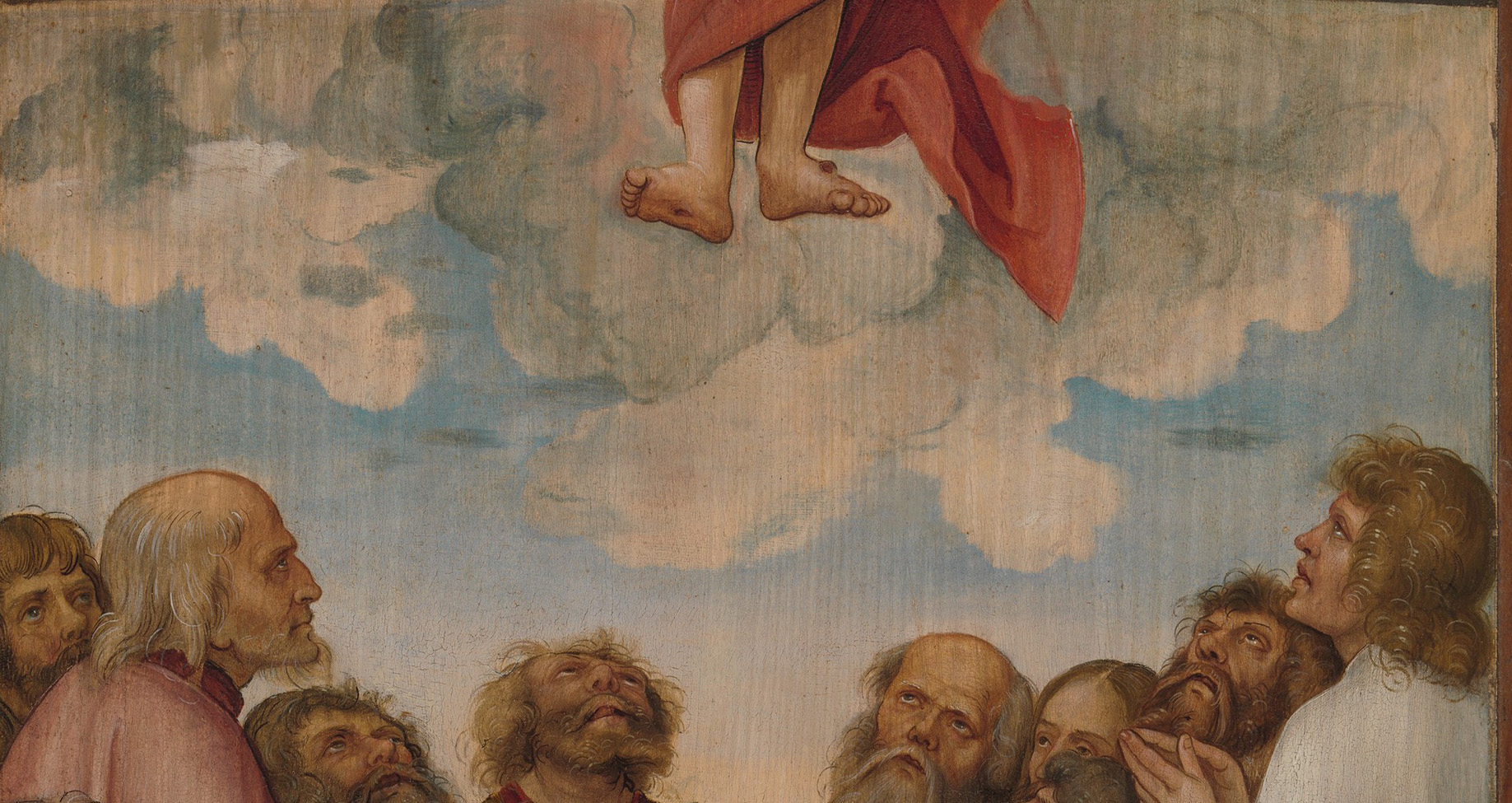
The Ascension of Christ (detail), by Hans Süss von Kulmbach, 1513. The Metropolitan Museum of Art, Rogers Fund, 1921.
When I was in high school, I went with a couple of friends to their Assembly of God church’s revival week.
Assembly of God churches are Pentecostal congregations, but I think of them as Pentecostal light. My friends were not required to wear long skirts or keep their hair uncut, as did members of stricter Pentecostal fellowships in my rural Arkansas hometown, Clinton. We were all cheerleaders together, and they were even allowed to show their legs off in front of a stadium. But they were still fundamentalist Christians, their beliefs strict and unyielding. The Bible was the word of God, written by a divine hand. When they prayed, they held their hands to the sky and sang songs that were not in hymnals. They were visited by the Holy Spirit, and sometimes spoke in tongues. They did not, as we did in my staid Methodist church, have to be quiet during the long sermon or obligingly recite creeds.
A few years before, the Assembly of God’s old church building in town had burned down. It caused a crisis of faith among many in the community: was this a judgment from the Almighty himself? The congregation erected a new building with metal siding—my less religious friends derisively called it the Waco Compound—north of town, on top of a hill, with the Ozark Mountains framing the background. They hired a new minister. The revival week I attended—capped by a bonfire to burn any CDs considered the devil’s music—was meant to prove that the congregation had not run afoul of God’s judgment.
I’m not sure why I agreed to go with my friends. I did not like the constant proselytizing in my town, where customers would strike up a conversation with me about God and his salvation while I made their sandwiches at Subway. Couldn’t I just have one shift where no one tried to convert me? I never thought I’d attend the Assembly of God church and be convinced, which is probably what my friends wanted to happen when they invited me. I didn’t take anything the youth minister said seriously. To be frank, I just wanted to see people speaking in tongues.
This must have been obvious. During the services, the youth minister would come over to me, place his hands on my shoulders, and pray over me, “Lord, take care of Monica. Watch over her. Pray for her salvation. We know she must think we’re crazy, and we know she’s holding back laughter now”—this was true—“but we love her, and we pray for her.”
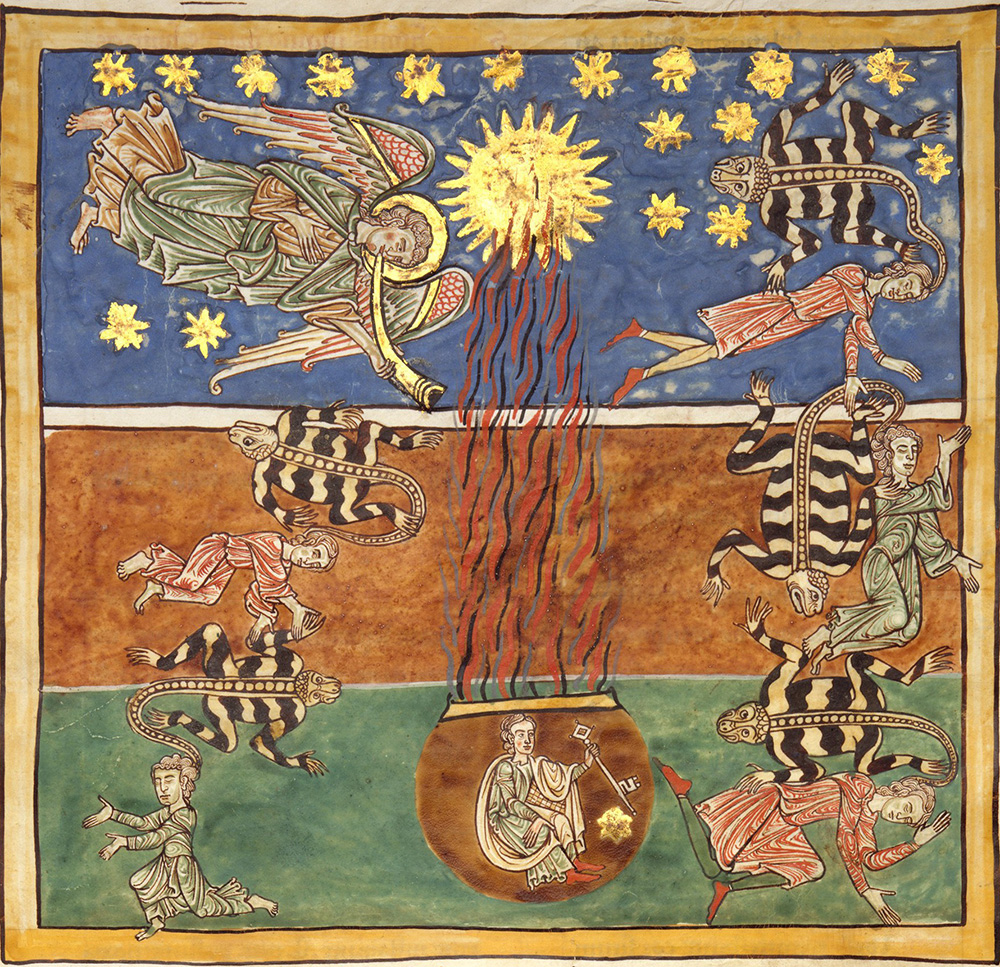
My friends were in a religious mood all that week, and the conversations at our lunch table tended toward the prophesied apocalypse soon to arrive. “I’m ready to die,” one friend would say. “I feel ready to meet the Lord. I’m not scared. I’m excited.”
This was the late 1990s, so talking about the Rapture over a tray of square pizza is not as weird as it might seem. The year 2000 had focused the nation’s mind on Armageddon, whether technical or Biblical.
For teenagers to await it so eagerly, though, was disturbing to me: “But don’t you not want to die?”
“There’s nothing we can do about it!” my other friend would chirp. “I’m ready to meet the Lord.”
This is the central conflict within Christianity. One could even call it a problem. If Jesus Christ was the Son of God, wasn’t his presence on Earth supposed to signal its imminent end, a return of fallen, sinful humans to the Kingdom of Heaven? The Apostle Paul was so convinced the world would end that he counseled early Christians not to have children. The historical Jesus was a member of and teacher in an apocalyptic Jewish sect; many like him believed the world was in its final days way back around the year 0. We just haven’t heard of them because their followers did not spawn a new world religion.
And yet the world keeps on not ending. For some, Christ hadn’t returned because Christians were doing things all wrong. So they changed something and became a new denomination, like the Seventh Day Adventists, who moved church from Sunday to the true Sabbath. Others, like Jehovah’s Witnesses, have seen predicted return dates come and go, and have had to explain those away. But for many Christians the focus is still on the certainty of Armageddon, not on the timing. We should prepare for Christ’s return tomorrow, because what if tomorrow comes and you were caught unready? Have fun in the hellfire of damnation! The world’s been ending tomorrow for two thousand years. With all that focus on being ready for the end, who cares much about the present? Or, for that matter, the past?
I remembered my friends when I went to the Museum of the Bible last month, shortly after its opening. In downtown Washington, DC, just a couple of blocks from the National Mall, the museum gets a little shine from geographic proximity to the archipelago of Smithsonian Institution museums. We have national museums devoted to art, history, air and space, African Americans, American Indians—it’s almost as if this building wants you to slide it into an open slot, a national museum for religion.
It had been open only about a week, and I worried it might be busy. But there were no crowds. I walked right into the building, the door held open by one of the many security guards milling around, and went through the metal detector.
I happened to arrive five minutes before a scheduled tour began. The docent had a microphone and handed out earpieces as a dozen or so of us gathered, mostly older couples, and one of her first comments was about how much money had been spent on technology.
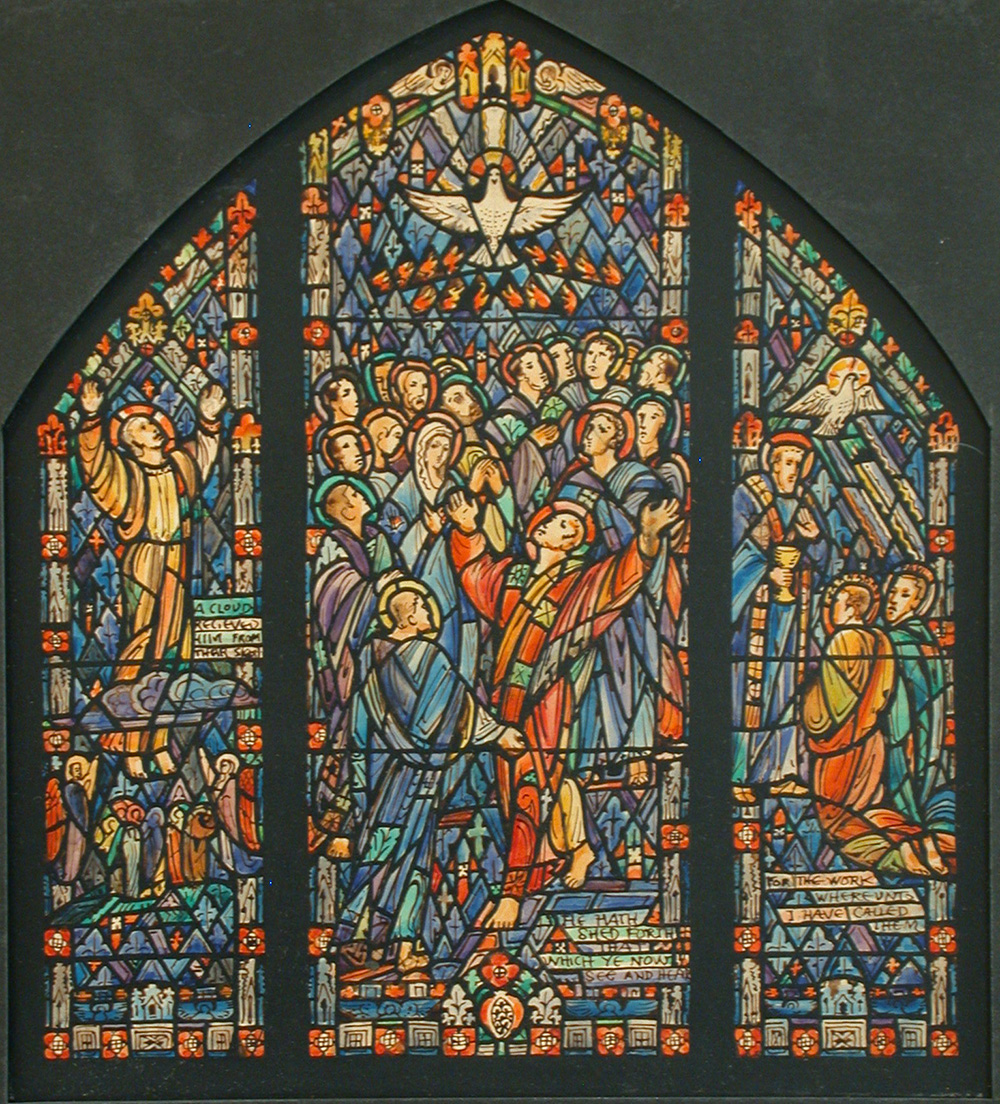
“Who funded the museum?” someone asked.
“Mostly the Green family,” she said. “They’ve had a private collection of materials for years.”
The Green family is David Green, who founded the craft store chain Hobby Lobby, his wife, and their children; political observers know them as the family who won a suit against the Obama administration so that they wouldn’t have to provide birth control to their employees under the Affordable Care Act.
The Greens are from Oklahoma City and attend Pentecostal and Baptist churches—fundamental Christians from my neck of the woods. I knew this but tried to keep it out of my mind as I was forming an opinion of the museum itself. I’ve always been interested in the history of Christianity, for the same reasons I agreed to attend my friends’ revival services and decided to become an anthropology major in college: people are fascinating, and the birth of a new world religion is an important moment in the history of humanity. How spectacular and unlikely that we have so many documents from so long ago. Here was the chance to look at ancient documents and stones and coins and art, I thought, as with any museum visit.
The tour took us through the World of Joseph of Nazareth exhibit, built to look like an ancient Jewish village, with fake stones and mock olive trees and fake pita bread on kitchen griddles, plus a town well. Actors in cotton shifts tied with ropes around their waists roamed around. Nowhere was there a stone tablet or a papyrus. Everything was designed and modeled anew, an ancient world born again. Everything was a mockup that our docent assured us was based on the latest archaeology, without going into specifics of what archaeology is or being able to point to an artifact from ancient Galilee on display in the exhibit itself.
An actor committed to her role as Rebecca took us through her kitchen and said we could come eat with her or sleep on a cot in her house any time. “Hospitality was very important to the Jewish people,” our docent added.
She next pointed out a mikveh spring, a communal water source in town used for ritual cleansing.
“Did women use the mikveh spring?” someone asked.
“Oh yes!” the docent replied, explaining that women of the ancient Jewish world had to ritually cleanse themselves after menstruation or sex.
In my head, I protested: “These still exist!” Everything about the Jewish people was in the past tense, as if they didn’t reside in our current world as a people and a faith.
As the tour dispersed, we found ourselves in front of a map of the Holy Land. The world was centered on the Sea of Galilee. “This is where the fishermen were, remember that?” she asked as she pointed to it, referring to the Bible story of Jesus’ first disciples. “Many of his miracles were performed in this area,” she said, waving her hand around the ancient city of Capernaum.
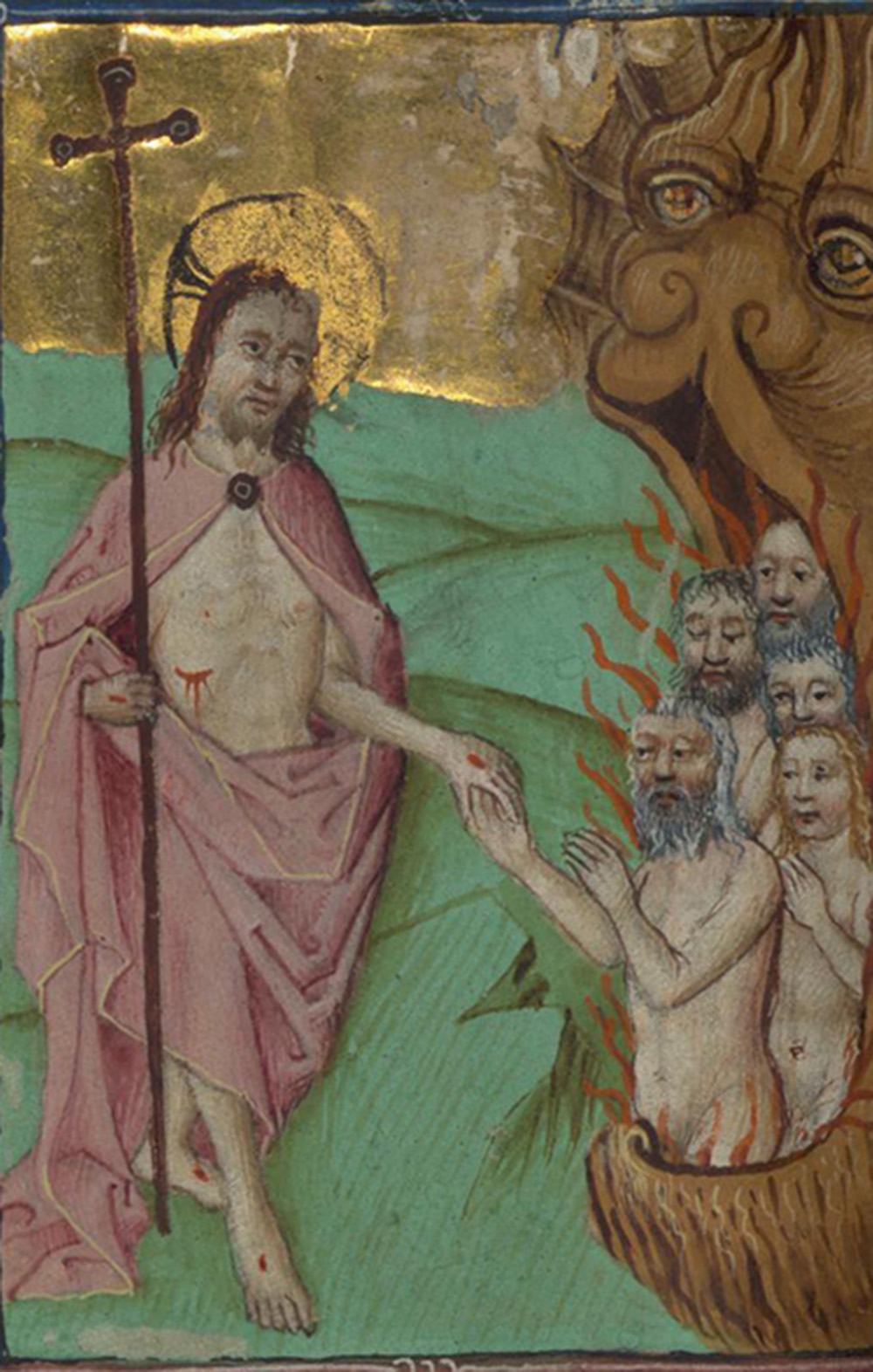
Referring to the Bible to explain geography isn’t an approach I’m used to museum guides taking. It took me a while to place the feeling I had, but I finally realized this is the kind of map I’d seen in Sunday school. I had a blast of old-book, polished-wood, early morning memories, when a Sunday school teacher would point to a map and tell you stories from the Bible. But no serious historian, or an archaeologist, or anyone interested in ancient culture would do so. This wasn’t a museum that placed the Bible in context. The Bible was being used as a primary source, and you had to recall scripture to make sense of what you were seeing.
Candida R. Moss, a professor of theology at the University of Birmingham, and Joel S. Baden of Yale Divinity School warned of this in their book about the Greens, Bible Nation: The United States of Hobby Lobby. In the first filings to create the nonprofit organization that became the Museum of the Bible, the family stated that the purpose of the organization was “to bring to life the living word of God, to tell its compelling story of preservation, and to inspire confidence in the absolute authority and reliability of the Bible.” Later, the mission of the nonprofit was tweaked to take on a more educational slant.
Moss and Baden document the many ways in which the Greens have acquired their collection, which they had been building for years in preparation for the museum, some pieces of which are of questionable origin and provenance. (In July, federal prosecutors required Hobby Lobby to forfeit 5,500 artifacts that had been smuggled out of Iraq, pay $3 million to the government, and adopt better internal policies for how they acquire artifacts.) Moss and Baden also investigated how the Greens have tried to influence and control biblical scholarship over the years by limiting access to their collections, funding only projects that advance their worldview, and keeping tight control over the way the information they fund is published. In designing and building the collections at the Museum of the Bible, the Greens ignored academic consensus in favor of their own evangelical perspectives.
Moss and Baden wrote about the Greens before the museum opened but were able to examine its plans through the nonprofit foundation under which the Greens prepared to build the museum, along with special exhibitions they staged around the country. The whole effort “seriously misrepresents the diversity of thought in biblical scholarship; elides the complicated relationship between archaeology, history, and the text; and problematically describes interpretively founded positions in the language of scientific certainty,” Moss and Baden write. In fact, they note, scholarly investigations of the Bible—which involve a rigorous examine of its contradictions and its uncertain origins, many of which undermine treasured Christian myths—have turned many believers into doubters. For true believers, this has led to skepticism of academia, which makes the Greens’ involvement with scholarship fraught: “The Greens are funding academic enterprises, but these projects are meant to provide the evangelical answer to the advance of secularism. They are, in effect, raiding the storehouses of academic knowledge for those ideas and arguments that fit their story.”
If faith is your goal, you don’t want to look too closely at the past, to poke around and unearth, lest it make you uncomfortable or disprove what you want to be true. Instead you can pick and choose what to discover, as the Greens seem to have done, and go back to looking forward, ever forward, to the reunion with the Lord that might soon come, the one that has been arriving for two millennia.
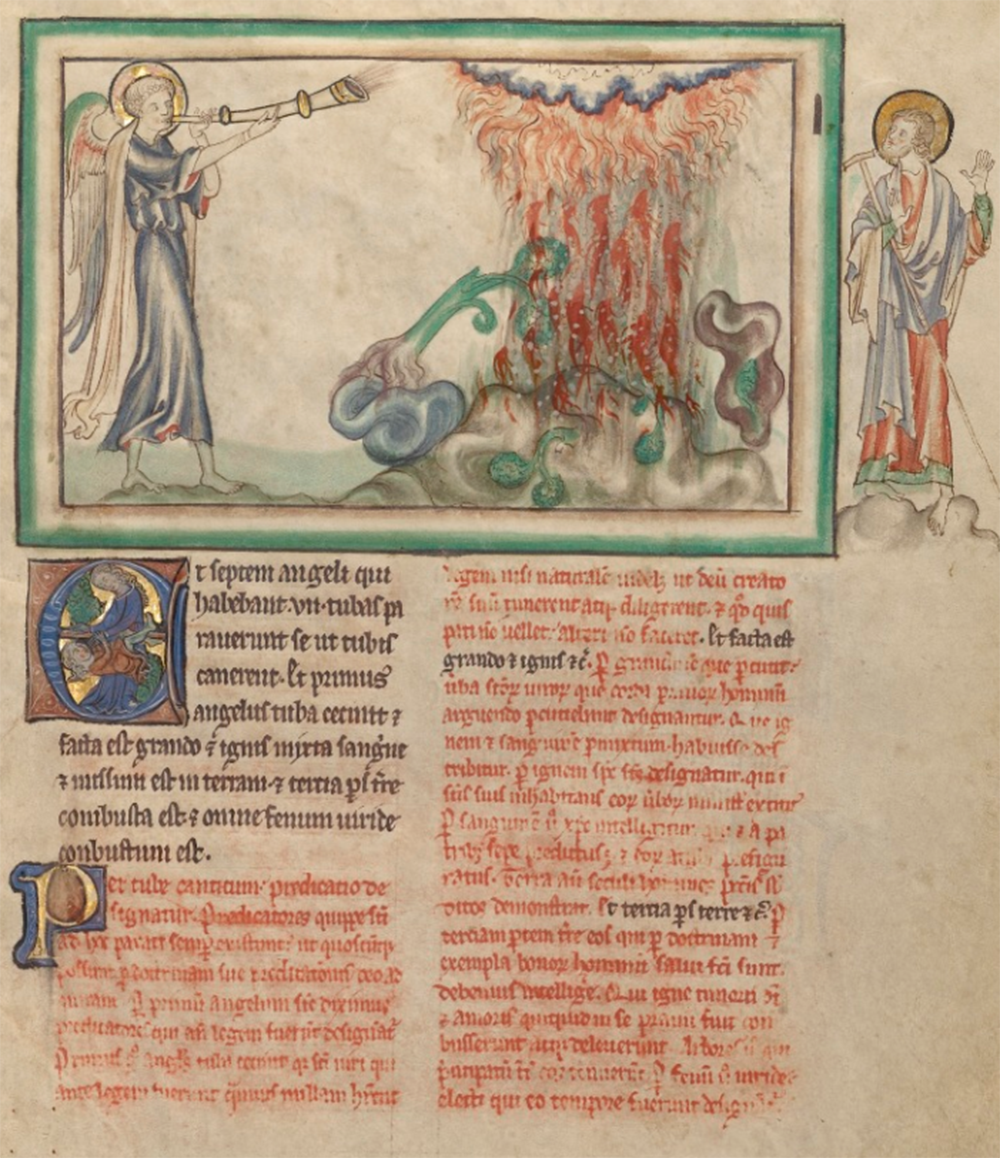
The Greens poured a fortune of their own money into the museum, most of the estimated $500 million it took to build it. And yet the point of the museum doesn’t seem to be to educate or to preserve history. There are many educational institutions, often funded in part by the public, that do a better job of investigating the history of Christianity and its Bible, such as the Frontline documentary From Jesus to Christ, available online and sometimes re-aired at Easter on PBS. There are any number of American museums that contain art and artifacts from the Ancient Near East, and the Smithsonian’s Freer and Sackler Galleries, just down the street from the Museum of the Bible, hold some of the oldest Greek parchments of the Gospels in the world. But as with Ark Encounter, the Creation Museum, and the Holy Land Experience, the purpose of the Museum of the Bible is to evangelize, to convert us all. Before, one presumes, it’s too late.
Other exhibits in the museum include a few stone tablets and papyri here and there, bits of actual history, but there isn’t much. There are a few slickly produced videos on display, comfortable benches arranged in front of them, featuring a man who is dressed like an archaeologist and drives a Jeep. Other writers have noted what’s missing: any mention of Islam, for example, or even the rise of offshoots of Christianity like Mormonism.
But on the afternoon of my visit, I found myself on a mostly empty upper floor, in a room I didn’t expect to find at all.
I started to walk into the gallery, but when I saw no one else was there I checked with a guard to make sure it was open; it was. The walls were dark green, and they held works of art. Actual art, much of it from the early modern era.
The paintings were grouped by themes of what they were meant to show: the Intellectual Achievements of Humanity, the Transience of Things, the Transience of Youth and Beauty, the Earthly Pleasures. The art depicted books, exploration, death, food, and music. The painters are not nobodies, but they are also not household names.
Everything, whether overtly religious or not, was viewed through a biblical lens. It was only as I finished going around the room that I realized everything was being interpreted through the Old Testament book of Ecclesiastes, purportedly written by the son of David, a king of Jerusalem. It consists of his musings on the meaning of life. Spoiler: everything is pointless.
Near the section on the Transience of Youth and Beauty, an inscription on the wall says: “The loss of youth and beauty either through an unexpected early death or through the aging process were also popular themes, acting as a warning against physical vanity and, in some instances, of the dangers of being spiritually unprepared for the arrival of death.” It’s an interesting interpretation, I suppose. If that seems too subtle, large banner texts on the wall read: “Enjoy It While It Lasts” and, more ominously, “Nothing Lasts.”
Evangelical Christians try to spread the word of God, while fundamentalist Christians try to adhere to what they believe is the truest, oldest version of the faith, but all of them are a bit apocalyptic, preparing for the end. And it’s not just evangelical Christians. Polls routinely show that about one in five Americans think they’ll live to see the world’s last days. If your belief in their imminence comes from the Bible, there’s no reason to get worked up over climate change or a possible nuclear war; they’re just a godly means to an inevitable demise. I suppose it’s fitting that, in an age where our president teases nuclear war on social networks, rolls back regulations meant to slow the catastrophic climate change we’re heading toward, and is undermining our health care system, we have a museum that, rather than being built for the ages, is preparing us for the final one.